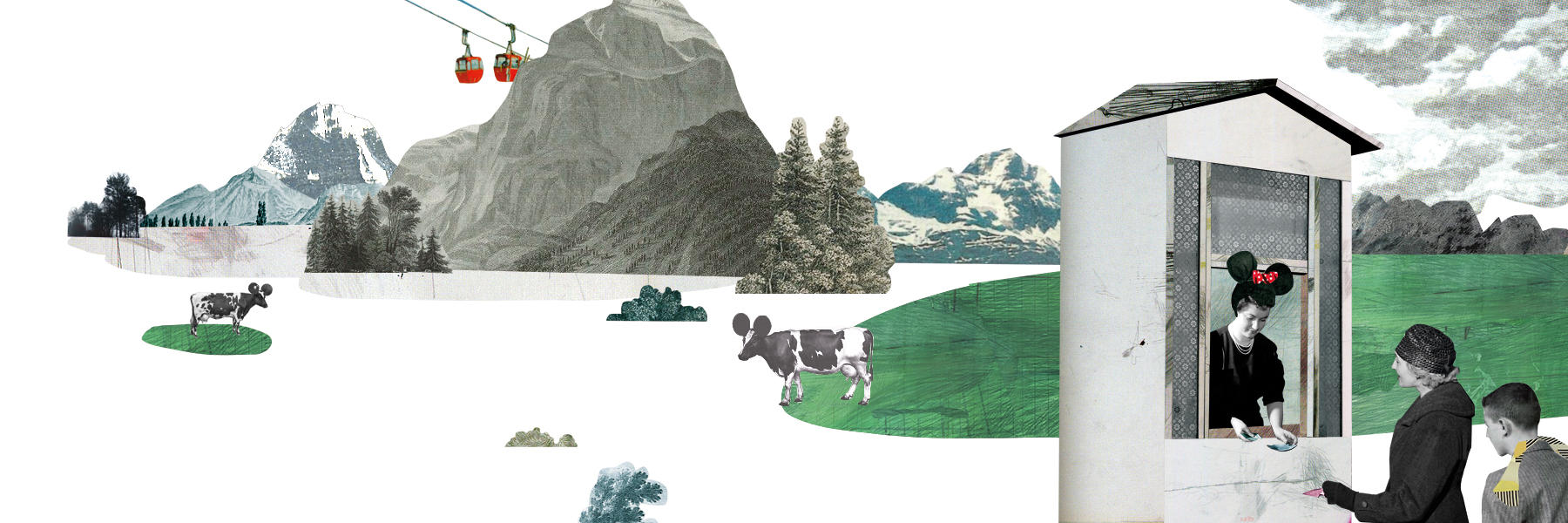Alpine queuing: join the crowds
On any given day close to a million people an hour are heading up a mountain somewhere in the Swiss Alps. That is if all of Switzerland’s gondolas, chairlifts, cog railways and other mechanical means are running at full capacity.
The number may seem hard to fathom, especially when you consider how many millions it adds up to when you count all the hours in the day. But mountains – especially in the Alps – are big business.
Switzerland boasts about one in four of the approximately 10,000 transport facilities found throughout the Alps, an arc that stretches from Nice on the Mediterranean coast to Trieste on the Adriatic. Depending on the mountain’s popularity, it can get mighty crowded at the top.
When photographer Hans Peter Jost returned to his native Switzerland after many years abroad, he was struck by the huge footprint we’ve left on the mountain range. He decided to join the crowds and found scenes usually associated with popular cities. The pictures he took became part of a book, “Alpen-Blicke.ch” (Alpine-Views.ch), that offers a critical view of our impact on the Alps.
Jost and the book’s contributing authors are not alone in their criticism.
“Tourism is a major driver of urbanisation. Large tourist resorts have an area consumption rate that is far greater than that of a non-tourist community,” writes the environmental organization, WWF.

More
Once a ‘playground’ for the few, the Alps are now an amusement park for all
But reducing the ecological damage could come at a high economic cost. The association of mountain transport companies asserts that every fifth franc generated in Swiss mountain areas comes directly or indirectly from tourism.
There was a sense of panic in the sector earlier this year when the impact of the Swiss lockdown was still unknown and international travel came grinding to a halt.
The importance of foreign visitors to alpine tourism is showcased in Jost’s book in images depicting Asian tourists trying to find their tennis-shoe footing in the snow.
This summer’s statistics have not yet been published but early reports indicate that the Swiss may have gone some way to make up for the lack, having had to cancel their own plans to travel abroad.
The Alps may not have lived up to the idyllic expectations of those Swiss who took the opportunity to rediscover their mountains for the first time in many years.










You can find an overview of ongoing debates with our journalists here . Please join us!
If you want to start a conversation about a topic raised in this article or want to report factual errors, email us at english@swissinfo.ch.